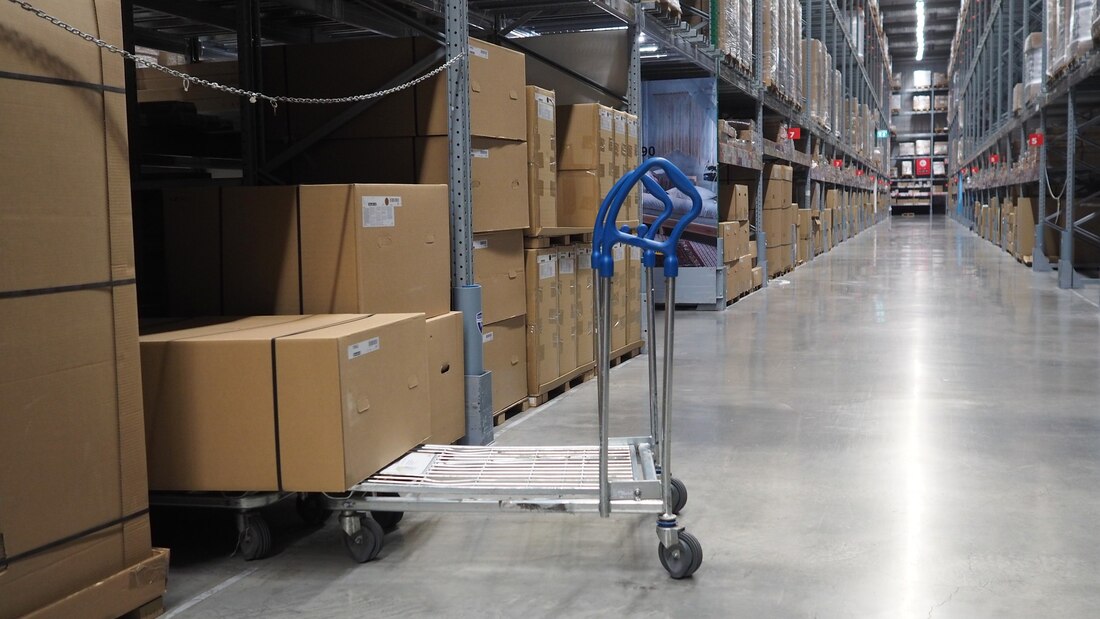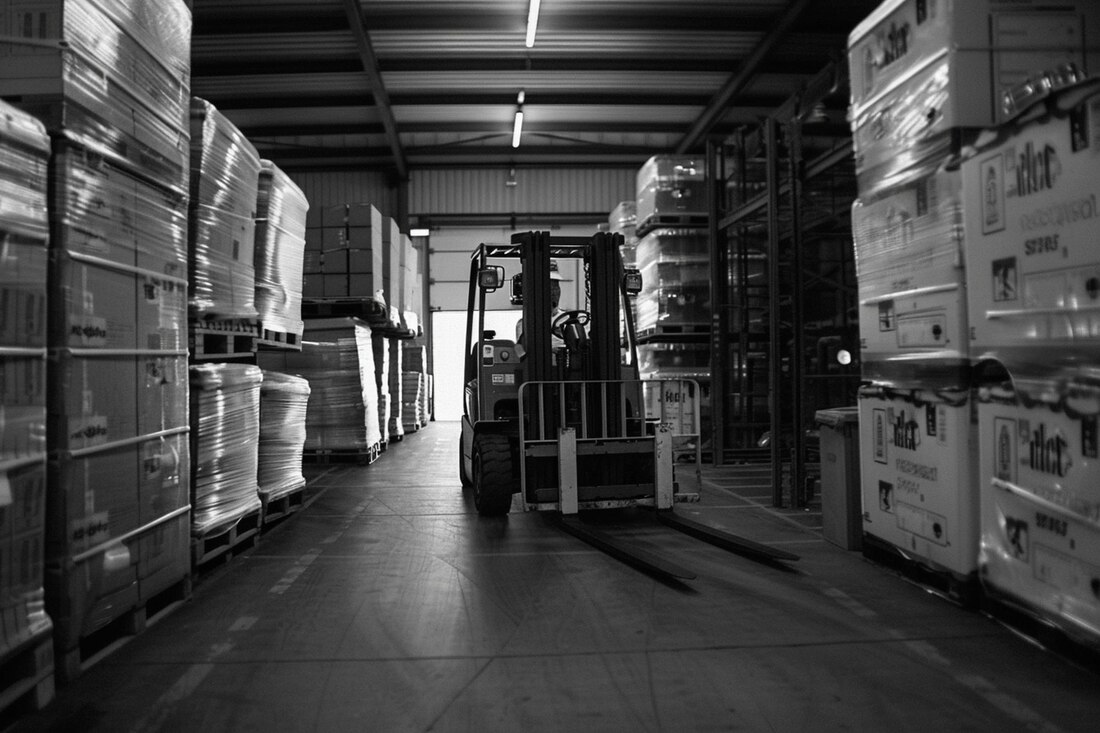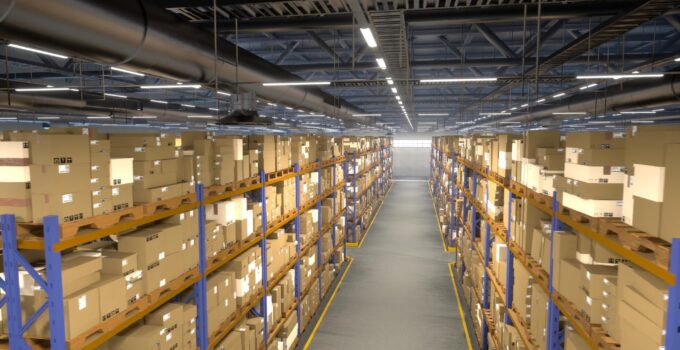Managing surplus inventory storage and logistics is a critical challenge for resellers and liquidation businesses. This is particularly true when dealing with a wide range of product categories.
Surplus inventory is great for a business. You get to capitalize on markets, work with specific concepts, and maximize revenue. However, it comes with challenges.
Effective storage, organization, and logistics planning not only protect your investment but also streamline operations and maximize profits. They are crucial and definitely not possible to skip when you consider how much they do for you.
Coastal Surplus Solutions understands this well since we have been working with surplus for over a decade. While we understand the difficulties, we bring proper solutions and recommendations on what you need or will need for this to work.
We can also be your partners and work on sourcing your goods, getting the most on logistics, and handling shipping and delivery.
Before that, we do want to share how to approach multi-category liquidation storage. You will find all the best practices for space, organization, special requirements, and cost optimization.
Space Requirements: Calculating Storage Needs by Category
You can think about the space needed when you work on the categories at hand.
For example, it is not the same stocking electronics compared to clothes or small items. You need to consider the volume, segmentation, and how you choose the right sizes around storage.
Different product categories mean different approaches:
- Assessing Volume and Turnover: Fast-moving items should be placed in easily accessible areas. You want to have them on shelves or racks that you can extend your hand and pick them up for packaging and delivery. Meanwhile, slow-moving items can go to the back where you can still find them.
- Category Segmentation. Allocate dedicated zones or racks for each category. This prevents cross-contamination, simplifies picking, and reduces errors. All while packing or trying to find the exact number of items.
- Right-Sizing Storage. Calculate required square footage based on pallet counts, SKU variety, and anticipated turnover.
Always avoid over committing to storage. This tends to go over stagnant capital, especially when you have slow sellers.
While this takes time and requires a bit more than what you would like, it is worth every second.
Following Omniful’s research, effective strategies to manage inventory bring cost reductions. You save time, resources, and get a comfortable system for your space.

Organization Systems: Categorization, Labeling, Tracking Methods
Keeping the same idea from before: organization.
It truly helps with efficient inventory management for resellers and maximizes it all.
You don’t spend so much time trying to find the right item to ship, and always know what you have in your inventory. This helps you bundle items later on and plan for your future strategies in sales.
But how do you organize it all? There are a few options for it:
- Standardized Categorization. Use a consistent system for sorting and labeling items by type, brand, and condition. This requires inspecting them and making sure you know the exact situation and condition of your items. This is done both while reading manifests and once you bought the items.
- Barcode/RFID Tracking. Implement barcode or RFID systems for real-time tracking and inventory visibility across locations. While this can be a bit more expensive for beginners, it is a long-term investment. However, skipping it during the first few months is not a deal-breaker, since you don’t handle as many items in most cases.
- Centralized Inventory Data. Use inventory management software to maintain a single source of truth for stock levels, movements, and locations. This helps in reducing errors and improving forecasting for the inventory and how items move.
- Clear Labeling: Label shelves, bins, and pallets clearly. Color coding by category or condition can further streamline picking and restocking. Too colorful? Add just enough for it.
Good organization will pay off its fruits, so don’t underestimate how it makes the difference in a business.
To begin with, it reduces picking errors, speeds up fulfillment, and supports accurate reporting.
Special Requirements: Climate Control, Security, Accessibility
This is mostly related to how you preserve and maintain your items.
Not all require the same conditions, and this is key to determine before moving inventory and organizing.
Do you have electronics? They mostly need humidity and temperature controls to prevent spoilage or degradation. The same happens with cosmetics and perishables.
It applies to all your items that are for sale.
In terms of security, you want to keep jewelry and electronics within specific secured packaging. This maintains surveillance and opens the best for your business.
Accessibility in terms of picking the items, easy to reach locations, and high-turnover places for the best comfort.
Our recommendation is assessing everything individually and making a decision from there.
Surplus inventory logistics planning is the game-changer.

Cost Optimization: Shared Storage, 3PL Partnerships
Cost-effective surplus inventory logistics planning is what makes your investment worthwhile.
While handling multi-category liquidation storage and having to face a liquidation warehouse organization. You will realize that planning changes it all.
You want to work on every detail and focus on how you can minimize efforts and time involved.
One of the best ways to do this is by either sharing or using overflow for solutions.
This helps to handle slow-moving and seasonal items by freeing up prime warehouse space for faster sellers. It can also be a bit contra productive due to the difficulties in moving the entire inventory or exact pieces.
3PL or Third-Party Logistics partnerships are great for outsourcing storage. They keep it flexible and comfortable on your end, especially for multi-categories.
Finally, work on data-driven decisions. Maintain track of your sales, how much you are buying from surplus and how you should work around the items.
You don’t want to spend more storage what you need it for other high-value options.
Coastal Surplus Solutions can help you by organizing options and working on the steps for your organization.
We sort surplus goods before giving them to you and ensure you have all the goods in place and following specific sorting.
Feel free to contact us and have support when working on inventory management for resellers.
You can also count on us when trying to figure out your surplus inventory storage logistics.




